|
| Department of Pharmacology and Therapeutics |
| • Pharmacology Branch was founded in the 1989-1990 academic year to begin the scientific process where the branch has always paid great attention to the quality of academic education and helping students in the study of Pharmacology and Therapeutics and their relationship to clinical fields
• The pharmacology branch is responsible for teaching the science of pharmacology for third year undergraduate students of the College of Medicine as a basic material in the study of medicine .The branch begins teaching the material with an introduction to the kinetics and dynamics of the drug passing through the drug discovery process .It also provides basic knowledge of the functions of the various drugs clinically, and through study courses in pharmacology branch while students continue to learn the basics in physiology, pathology and biochemistry to employ them in Learning the effectiveness of medication.
• The branch began granting high academic degrees (MSc) in 1994 and doctorate in 1999.The branch is not linked to Iraqi or Arabic Board of Medical Specialties.
• With regard to graduate students (master's), in addition to the commitment of pharmacology branch in the teaching of pharmacology and toxicology sciences, the branch involves students in the pharmaceutical selections material and seminars to discuss the newly emerging scientific problems that have a relation with the use of medications. With regard to doctoral students, the branch teaches them advanced pharmacology with details related to the molecular mechanism of the medications effectiveness .In the practical part all graduate students participates and is designed to conduct relevant selected experiments that is related to pharmacological effects on various body systems.
|
|
|
@
| An in-person training course was held at the Department of Pharmacology on the topic of **modern practices in animal experimental principles and their practical applications**. |
Under the patronage of the esteemed Dean of the College of Medicine / Al-Nahrain University, Professor Dr. Anees Khalil Nael, the Department of Pharmacology organized an in-person training course entitled: "Modern Practices in Animal Experimental Principle and Practical Applications" The course was presented by the following faculty members: Assist. Prof. Dr. Fouad Kazem Kata’ Assist. Prof. Dr. Farah Rasool Jaafar Lect. Nihal Ramadan Huairif
The course was held in the seminar hall of the Department of Pharmacology from May 7 to May 19, 2025, at 10:30 AM daily. The course aimed to equip participants with both theoretical knowledge and practical skills essential for conducting animal experiments in a scientific and ethical manner, in accordance with internationally recognized standards. It also aimed to deepen participants’ understanding of the fundamental principles of animal research, including experimental techniques, data quality assurance, and adherence to ethical considerations, with a particular focus on the 3Rs principle (Replacement, Reduction, and Refinement). The continuous demand for medical research today heavily relies on animal experimentation in the hope of achieving new scientific advancements. Therefore, various laboratory animal models are used, particularly in biomedical research and educational settings. The importance of the course topic also stemmed from its focus on different techniques of blood sample collection from laboratory animals in scientific experiments. These techniques are crucial for biomedical researchers to assess therapeutic responses and confirm the effectiveness of the model in studying physiological processes and treatment outcomes. Additionally, the course highlighted the role of such techniques in developing innovative industrial applications in the pharmaceutical industry and emphasized their importance in obtaining accurate results. The training also served as a practical learning opportunity for both undergraduate and postgraduate students. The course was attended by a group of faculty members, postgraduate students, and professionals working in the field. 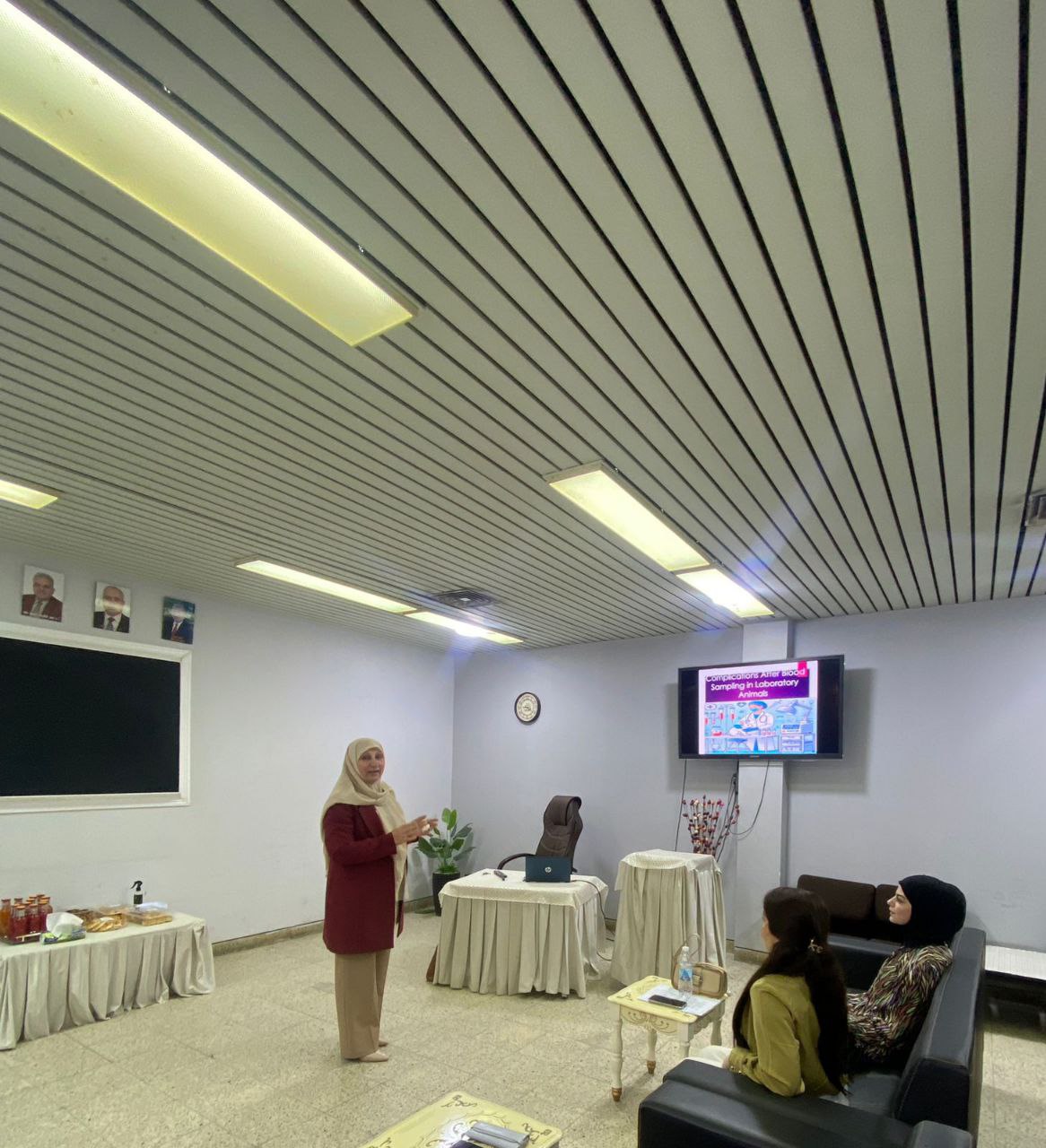
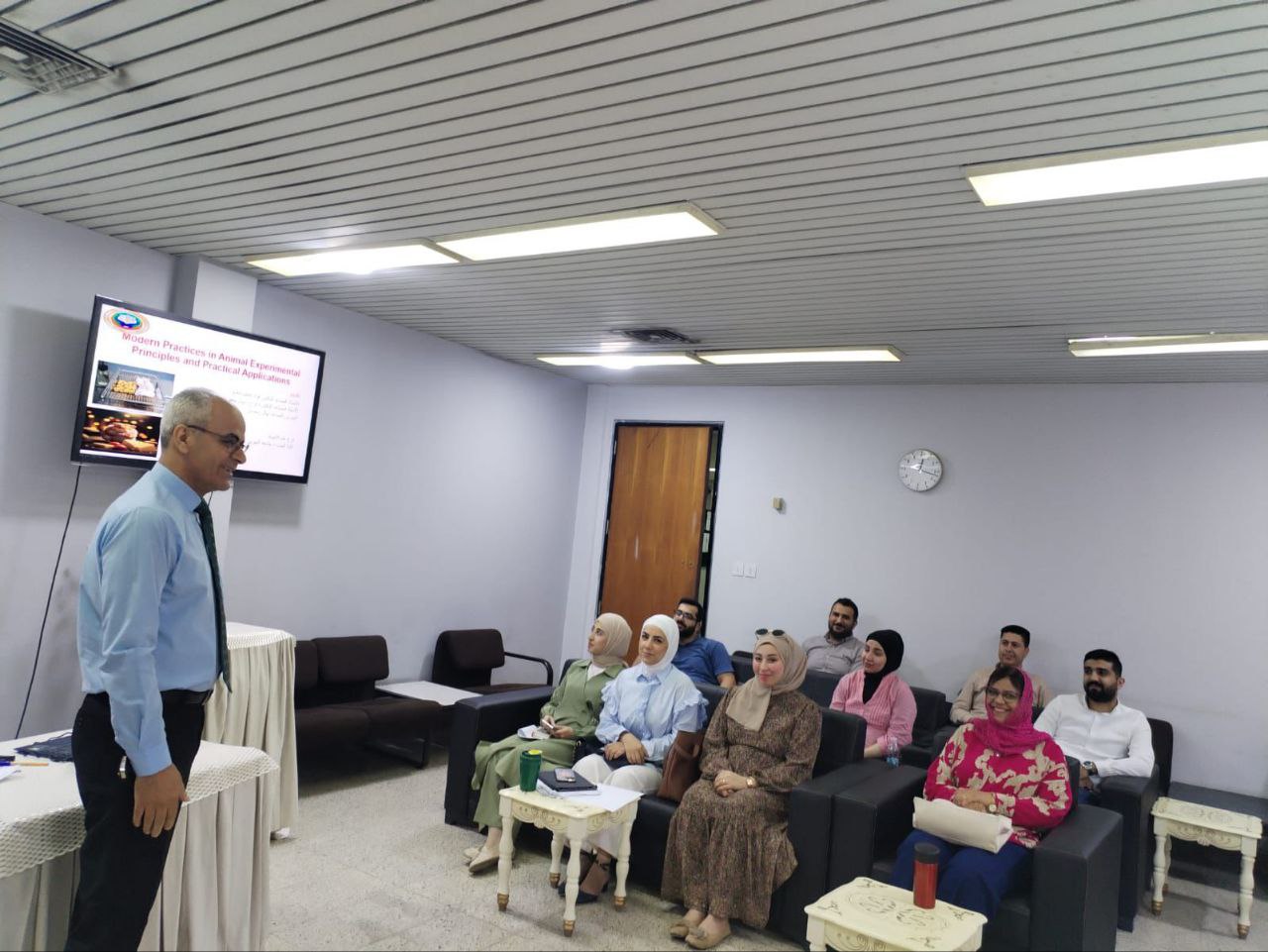
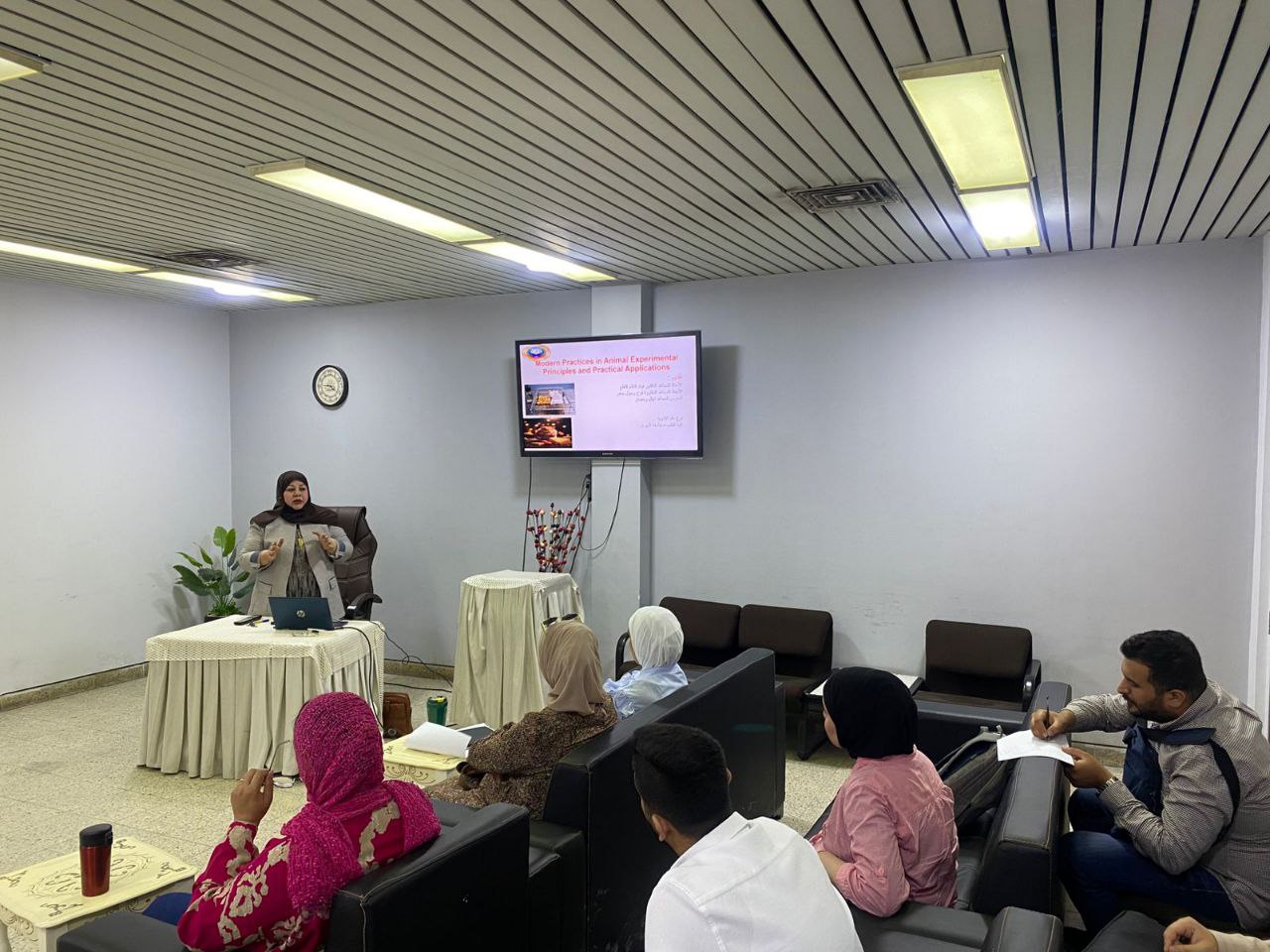
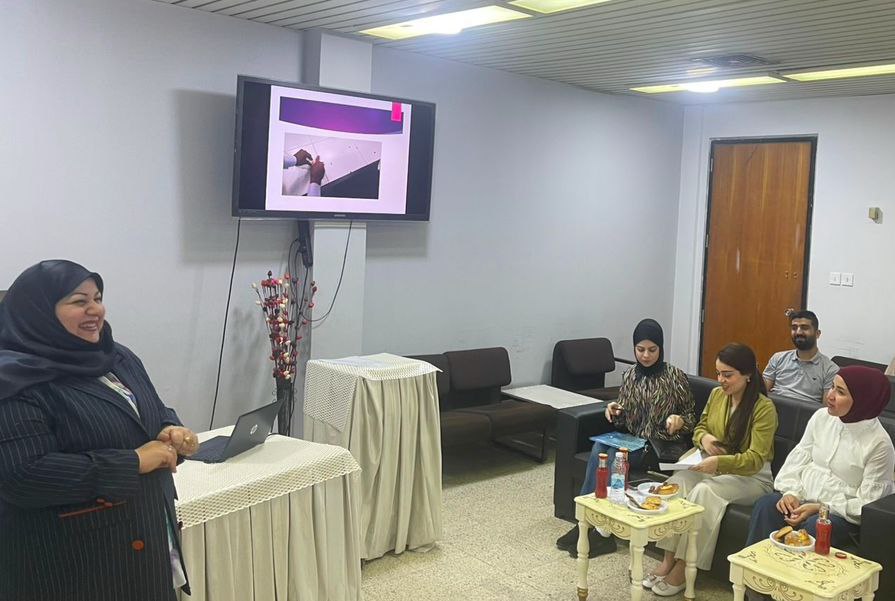
|
| |
@
@
| **College of Medicine – Al-Nahrain University Organizes an Awareness Lecture on Sexual and Reproductive Rights** |
Under the patronage of the Dean of the College of Medicine – Al-Nahrain University, Prof. Dr. Anees Khalil Nael, and in line with the university's efforts to promote health education and raise community awareness, the Department of Pharmacology organized an awareness and guidance lecture entitled: "Sexual and Reproductive Rights: Awareness and Responsibility" The lecture was delivered by the department's faculty members: Asst. Prof. Dr. Farah Rasool Jaafar Lecturer Dr. Zina Iyad Hussein Assistant Lecturer Nahal Ramadan Hwayref
The session highlighted the fundamental concepts of women’s sexual and reproductive health rights and addressed the challenges associated with them—especially during the COVID-19 pandemic and its resulting health and social risks. The lecture emphasized the importance of respecting the right to education and information, stressing that sexual and reproductive rights are not merely individual freedoms but responsibilities that fall within the framework of societal values and religious principles. These rights align with the preservation of life, lineage, and cultural norms, promoting a balanced approach between freedom and responsibility. The lecture witnessed significant engagement from students and attendees, reflecting its importance in enhancing youth awareness and affirming the academic institution’s role in supporting responsible health education. 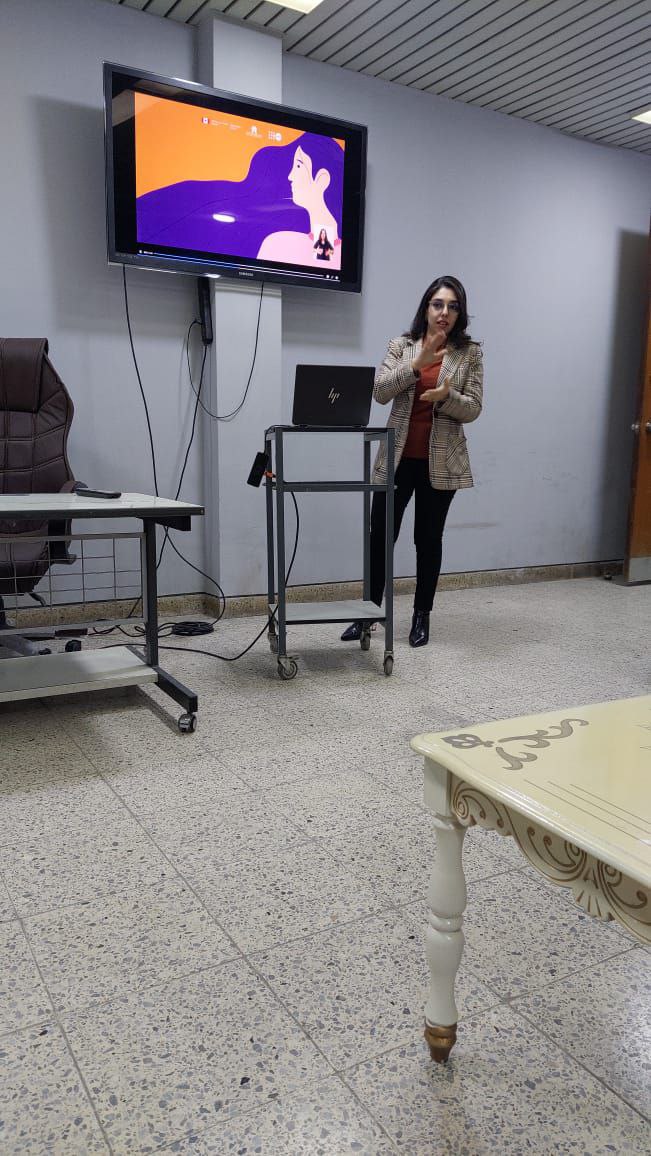

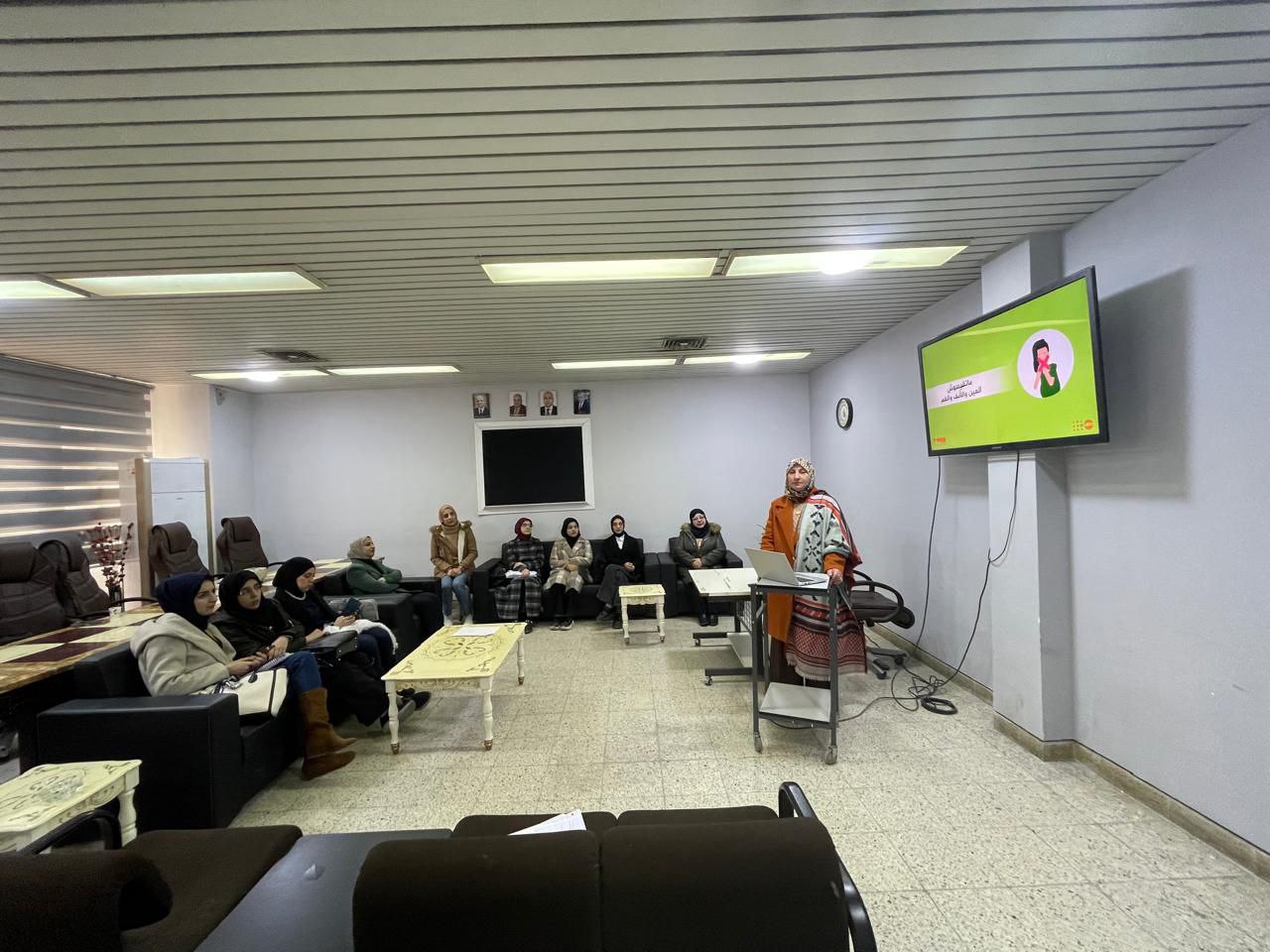
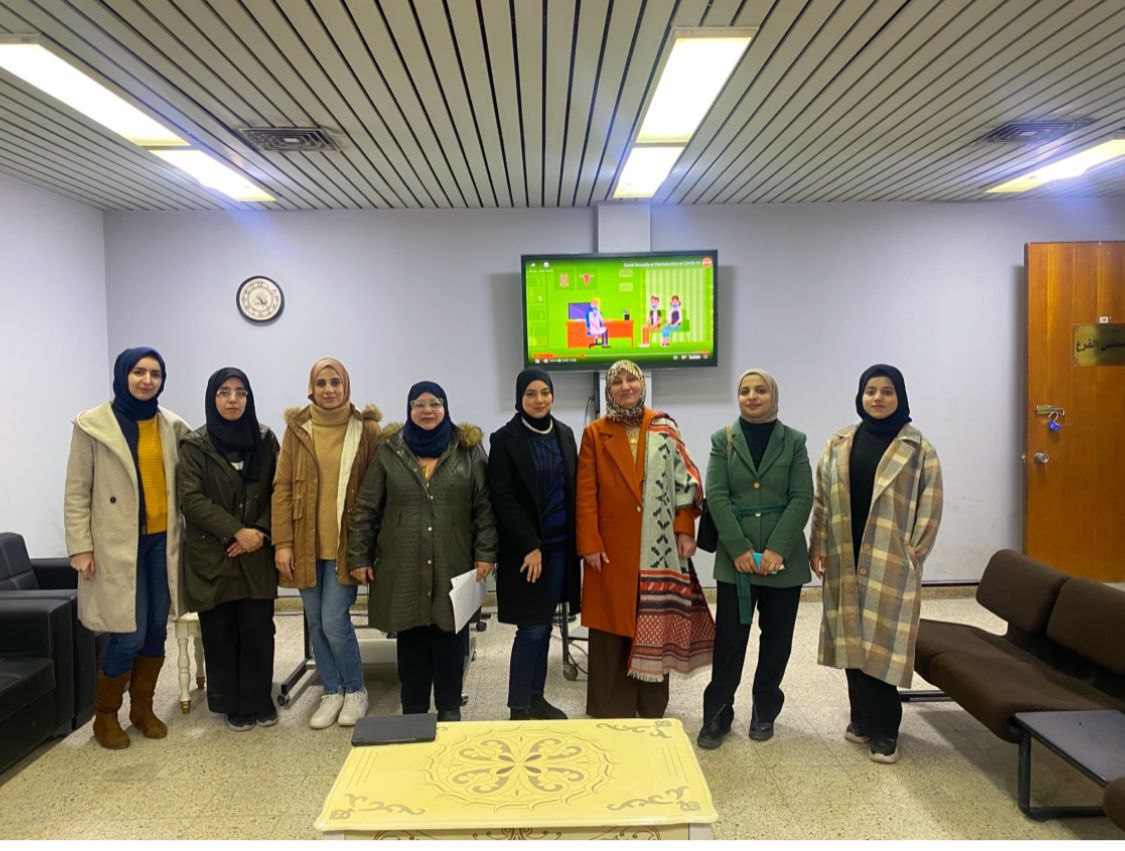
|
| |
@
|
|
|

